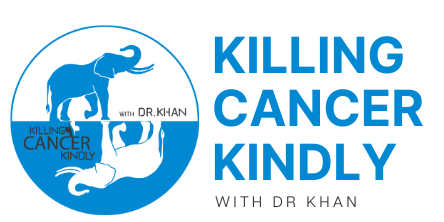Introduction video
Cancer has been known since ancient times, but effective treatments only emerged in the last century. Surgery was one of the first established cancer therapies. Today, cancer treatment has expanded to include refined surgical techniques, advanced radiation modalities, chemotherapy, immunotherapy, and precision nanotechnology.
Early cancer treatments
Before the 20th century, surgery was the main cancer treatment. Early surgical approaches were crude, often doing patients more harm than good. Outcomes were poor since surgery could not address systemic disease. Radiation therapy emerged in the early 1900s, but its use was limited. There were no effective systemic therapies. Most cancer diagnoses led to disfigurement or death.
History of cancer surgery
Surgery dates back to ancient Egypt. Rapid advances came in the late 1800s with anesthesia, antiseptic techniques, and an understanding of pathology. The Halsted radical mastectomy became the first standardized cancer surgery in 1894, allowing wide removal of breast tumors. Cancer surgery improved significantly by the mid-1900s, though outcomes still depended on the stage at diagnosis.
Modern cancer surgery
Today, cancer surgery continues to evolve with a focus on precision, minimally invasive techniques, and reconstructive procedures:
- Robotic surgery
Robotic systems like da Vinci allow minimally invasive tumor removal. This reduces complications and speeds recovery compared to open surgery.
Surgery is now often one part of a multi-pronged treatment plan combined with systemic therapies. The future of cancer surgery involves more advanced robotics, virtual reality, and improved imaging to boost accuracy and patient outcomes.
- Immunotherapy
Harnessing the body’s immune system has radically transformed cancer care over the past few decades:
History of antibodies for cancer
Scientists first proposed using antibodies to treat cancer in the 1890s, but early efforts failed. Advances in hybridoma technology in 1975 finally enabled large-scale production of monoclonal antibodies. By the 1980s, the first therapeutic antibodies entered clinical trials.
Timeline from development to clinic
The long process of bringing new antibodies from concept to patient use typically takes over a decade. Researchers must identify a cancer target, engineer antibody production, conduct extensive preclinical testing, and run large human trials to prove efficacy and win regulatory approval.
Current antibody therapies
Dozens of monoclonal antibodies are approved to treat various cancers. Key examples include trastuzumab for HER2+ breast cancer, rituximab for certain lymphomas, and pembrolizumab which unleashes T cells against tumors. New immunotherapies are constantly in development.
Costs of monoclonal antibodies
Prices for antibody therapies can exceed $100,000 per patient annually. However, emerging biosimilars provide more affordable options to expand patient access. The high efficacy of these targeted treatments also reduces other care costs like hospitalizations.
Nanoscale tools allow more targeted, personalized cancer treatments with fewer side effects. Major approaches include:
- Targeted cancer therapies
Nanoparticles conjugated to ligands actively seek and bind to cancer cells. They can deliver chemo, heat, or genetic payloads right to tumors while sparing healthy tissue.
- Photodynamic therapy
Injecting a photosensitizing agent and then activating it with light produces local toxic effects to destroy tumors with minimal invasiveness.
- Hyperthermia
Iron oxide nanoparticles are heated using an external alternating magnetic field to kill cancer cells through thermal ablation. This technique is in clinical trials.
- Gene therapy
Vectors like viruses or liposomes can carry genetic material into tumors to trigger cell death pathways. CRISPR gene editing also holds promise for more precise cancer therapy.
- Combination therapies
- Combining different modalities of Anticancer treatments can often give better results and may even cure cancers, especially in the early stages. Different treatments can be used simultaneously or in sequence.
Conclusion
Cancer treatment has progressed enormously from basic surgery to today’s multifaceted, personalized approaches. Research continues to uncover new immunotherapies, targeted small molecules, and nanotechnologies that promise to make cancer a manageable, curable disease for more patients. Multidisciplinary teams strive to optimize quality of life and outcomes through combinations of surgery, systemic therapies, and emerging precision treatments.


